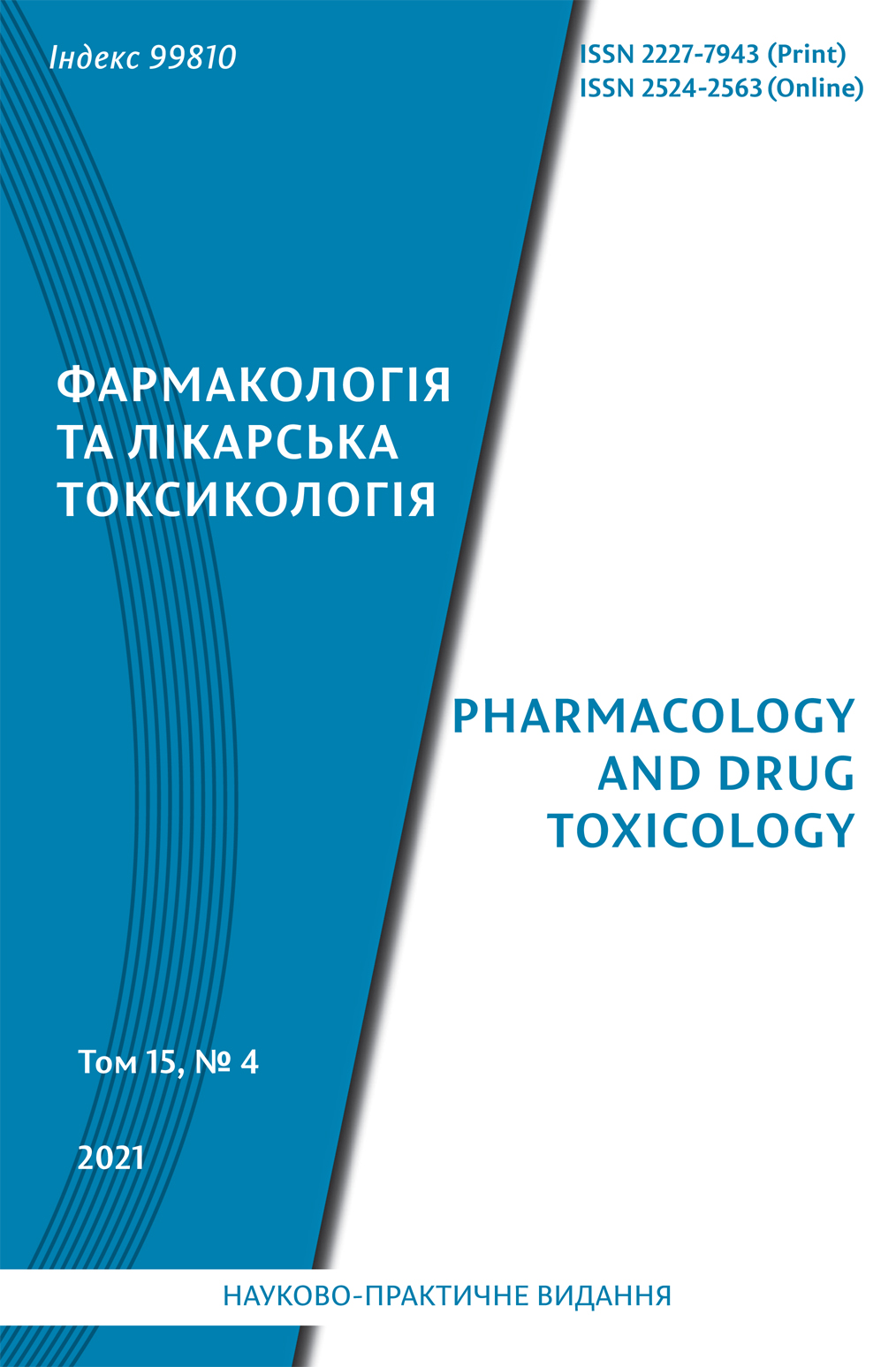Abstract
The article describes the role of specific antidote therapy and extracorporeal detoxification methods with Prismaflex in patient with paracetamol and acetylsalicylic acid poisoning. A 16-year-old girl took per os for suicide 10 g of acetylsalicylic acid, many other drugs (mefenamic acid, amizon, tizalud) and 24 g of acetaminophen on the next day. She was admitted to the hospital 6 hours after taking acetaminophen. Оn admission to the hospital the concentration of acetaminophen in the blood was 0.9 g /l and acetylsalicylic acid – 0.25 g/l. The physical status was compensated: moderate tachycardia, heart rate – 120 beats/min, blood pressure 104/63 mm Hg, SpO2 – 99 %, respiratory rate – 18/min.
According to the literature, the potential lethal dose of acetaminophen is more than 150 mg/kg, the dose taken by the patient was – 394 mg/kg.
According to the Rumack-Matthew nomogram, the level of acetaminophen at which the development of acute liver failure is expected in 6 hours of exposure is 120 μg/ml (serum level in 6 hours of exposure in our patient was 900 μg/ml); and in 24 hours of exposure this level is expected as more than 5 μg/ml (the
patient has 53 μg/ml).
Gastric lavage was performed. Immediately, a titrated infusion of a specific antidote – N-acetylcysteine was started according to the scheme: 1st dose – of 150 mg/kg in 200 ml of 0.9 % NaCl for 30 minutes; 2nd dose – of 50 mg/kg in 400 ml of 0.9 % NaCl for 4 hours; 3rd dose – of 100 mg/kg in 1000 ml of 0.9 %
NaCl for 16 hours. Sorbents, H-2-histamine blocker (famotidine), proton pump inhibitor (pantoprazole), fluid therapy were prescribed.
Given the available data that paracetamol, acetylsalicylic acid and other drugs are partially eliminated using extracorporeal detoxification methods, in 2 hours after admission, a central venous access was performed – the dialysis catheter Fresenius, 11Fr, in v. jugularis interna dextra, under the ultrasound control. CVVHDF (Continuous veno-venous hemodiafiltration) with Prismaflex (given the high risk of fulminant hepatic as well as renal failure) was started in 3 hours after admission.
Laboratory tests: upon admission to the hospital there was a high leukocytosis (20.3 • 109/l, which returned to normal within 4 days. The patient had no manifestations of infection, did not have a fever. Therefore, leukocytosis is regarded as a manifestation of the toxic effects of drugs. She received antibiotic prophylaxis (cefoperazone/sulbactam).
The second day (24 hours of exposure), there was a significant decrease in the serum concentration of acetaminophen to 0.053 g/l; and acetylsalicylic acid – up to 0.077 g/l.
This case report indicates the effectiveness of the continuous veno-venous hemodiafiltration in prevention of acute kidney injury and liver failure in combined severe poisoning with acetylsalicylic acid and acetaminophen. In specialized toxicological management of such patient’s early initiation of antidote
therapy and extracorporeal detoxication plays significant role and allows to avoid complications. Laboratory determination of the concentration of acetaminophen and acetylsalicylic acid allows to predict the occurrens of complications and to start adequate treatment of poisoning timely.
